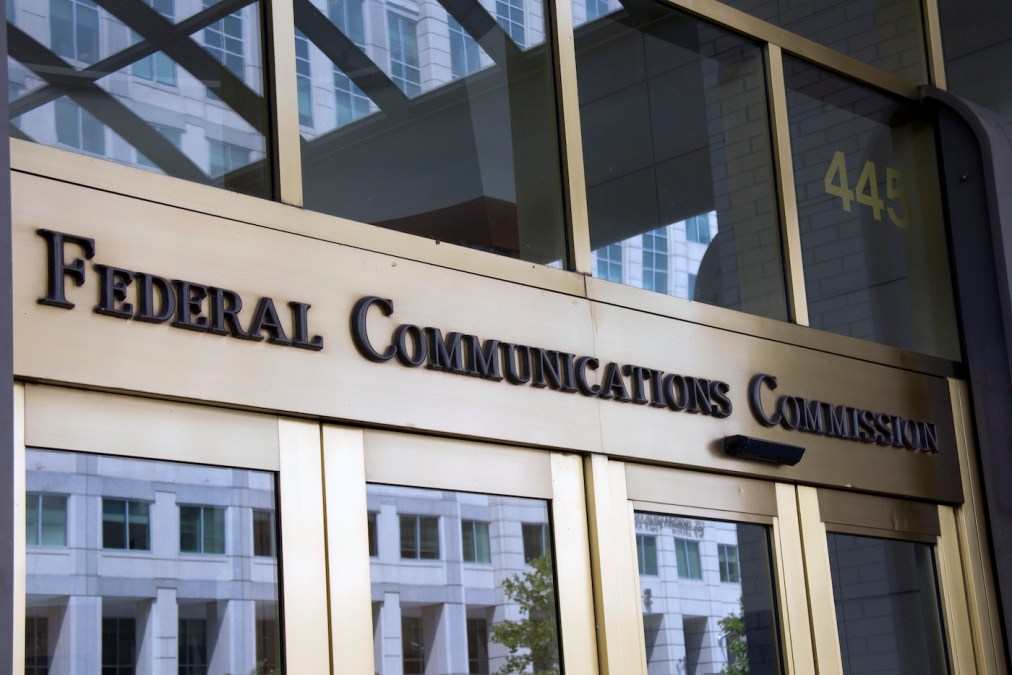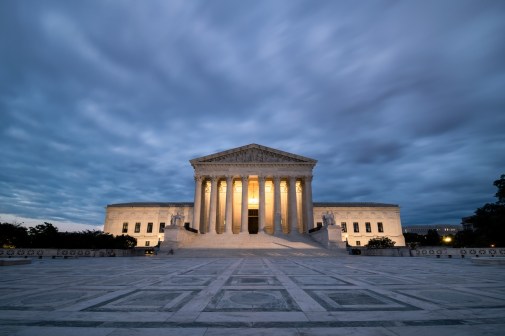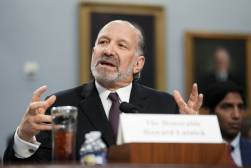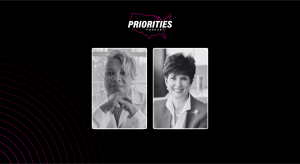FCC to release new broadband maps, teeing up BEAD grants

The Federal Communications Commission is preparing to on Friday finally publish the initial draft of its long-awaited high-speed internet coverage maps, marking a major signpost for a $45 billion grant program that’s set to distribute broadband development funds to states and localities beginning next year.
The new maps, which the FCC has been developing for years, will use geolocation-based data rather than census blocks, which allowed internet service providers to vastly overstate their coverage areas. (FCC Chair Jessica Rosenworcel said at her confirmation hearing that the old maps “stink.”) But by requiring internet providers to submit more detailed data, officials believe they’ll get a sharper picture of which communities do not have access to high-speed internet.
Once the new maps are live, the public will be able to search for their addresses and file challenges if they dispute what providers have reported about their locations, an FCC press release read. The maps are based on data that was current as of June 30, according to the commission.
Updated maps of broadband coverage are a critical next step for the Biden administration’s “Internet for All” program, anchored by the $42.5 billion Broadband, Equity, Access and Deployment fund. The National Telecommunications and Information Administration, which is distributing the grants, has been waiting for the new maps as it prepares to consider states’ applications for the program.
State, local and tribal governments — as well as the service providers — started reviewing the data in September. The public challenge period will run from Friday through next Jan. 13, the FCC said.
“The next eight weeks are critical for our federal efforts to connect the unconnected,” NTIA Administrator Alan Davidson said in a press release.
Even before the new maps, states have found plenty of coverage gaps. New York State alone is submitting nearly 32,000 addresses that officials there said were not accurately represented in the data the FCC shared in September. The state had previously conducted its own broadband mapping project, identifying 138,598 addresses as unserved or underserved by the internet industry.
Many other states, including Virginia and North Carolina, have created broadband coverage maps of their own — documents that are expected to inform their own submissions during the FCC challenge period.
Successful challenges will be reflected in the new maps’ underlying data, the FCC said. The NTIA expects to use the final versions when it allocates the BEAD grants, which are expected to be awarded by June 30.






